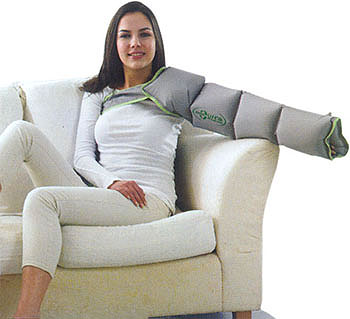Lymphedema & Vascular
Pre & Post OP Management
Garments & IMC Pump's
Lymphedema
Lymphedema is the result of disruption in the lymphatic system, resulting in obstructed lymphatic flow, swelling, pain, and susceptibility to infection. Similar problems arise in the lower extremities due to surgeries in the legs or abdomen. Lymphedema is generally a lifelong disability that frequently worsens over time. The mainstay of treatment is compressive therapy. Lymphedema patients need to wear stocking so that the swelling of the limbs reduce and the flow of lymph fluid is regulated. With the right lymphedema stocking used on the swollen and limb the limb also tends to reduce to its normal size. Swelling in the limbs often restricts the mobility of the individuals.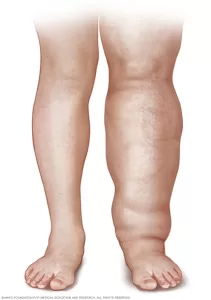
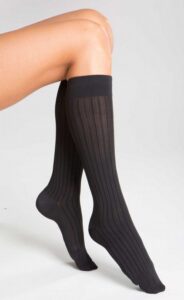
Vascular
Vascular disease includes any condition that affects the circulatory system. Vascular disease ranges from diseases of your arteries, veins, and lymph vessels to blood disorders that affect circulation. Peripheral arterial disease (PAD) is narrowing or blockage of arteries that causes poor blood flow to your arms and legs.
Compression stockings for varicose veins are available in different styles and levels of compression. Knee high, thigh high and Pantyhose styles will address varicose veins in different locations of the leg. Compression stockings provide a predetermined level of compression to the leg to bring the valves of the veins together, thus improving circulation. For varying severities of varicose veins, different levels of compression are required.
Maternity
Due to pregnancy circulatory symptoms such as swelling, spider veins and varicose veins may occur. Maternity compression hosiery address these circulatory systems that are most prominent in ankles and lower legs by increasing blood flow from the legs back to the heart. Maternity compression stockings control swelling in ankles, spider veins and varicose veins that occur during pregnancy. Maternity support stockings feature material that are knit with specially covered yarns for added softness, stretchiness and moisture-heat management. An Expandable body section fits your body as your pregnancy progresses.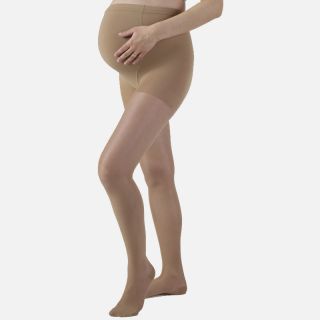

Surgical
Surgical compression stockings help with swelling during the recovery of a wide range of surgical procedures. People who have undergone major surgeries are being the recommended compression stockings by their doctors and healthcare providers.
Post-surgery, compression stockings can encourage blood circulation in your legs as well as your entire body. The surgical compression stockings put a gentle, graduated pressure on your legs, massaging your leg muscles and veins to keep the blood moving. Sometimes after surgery, fluid will build up around the surgery site, and this can cause swelling or edema as well as hamper your healing. Compression stockings can help keep this fluids moving and promote overall recovery.
Travel Sock
Travelling any distance where a person is immobile for extended periods, can be a precursor to the development of a DVT as blood circulation slows down, and increases the risk of clotting which may cause thrombosis. Aircraft travel can exacerbate this risk due to atmospheric pressure but other long distance travel can also cause DVT to develop. This risk is also consern for people with healthy veins. Compression travel socks and stockings help with tired, achy, swollen feet and ankles.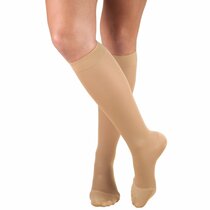

Diabetic
Diabetes can cause a variety of problems with the feet and it’s important to be assertive, involved and take a preventive approach to foot care. Choosing quality diabetic socks addresses moisture in the shoe environment, friction, pressure from sock seams, or wrinkling and bunching, all of which can potentially be a source of irritation for diabetic or sensitive feet. Diabetic socks are the first layer of protection. At risk feat require the extra protection provided by quality diabetic socks made for sensitive feet.
Sequential Gradient Pump Therapy
A lymphedema pump is an intermittent pneumatic compression device that consists of an inflatable garment that wraps around the arm or leg and an electrical pneumatic pump that fills the garment with compressed air. The garment is intermittently inflated and deflated with cycle times and pressures that vary between devices. This helps squeeze the lymph fluid through any lymph channels that are present. When the device deflates, blood is allowed to circulate through the area. After many repeated cycles, this device may reduce swelling from lymphedema.